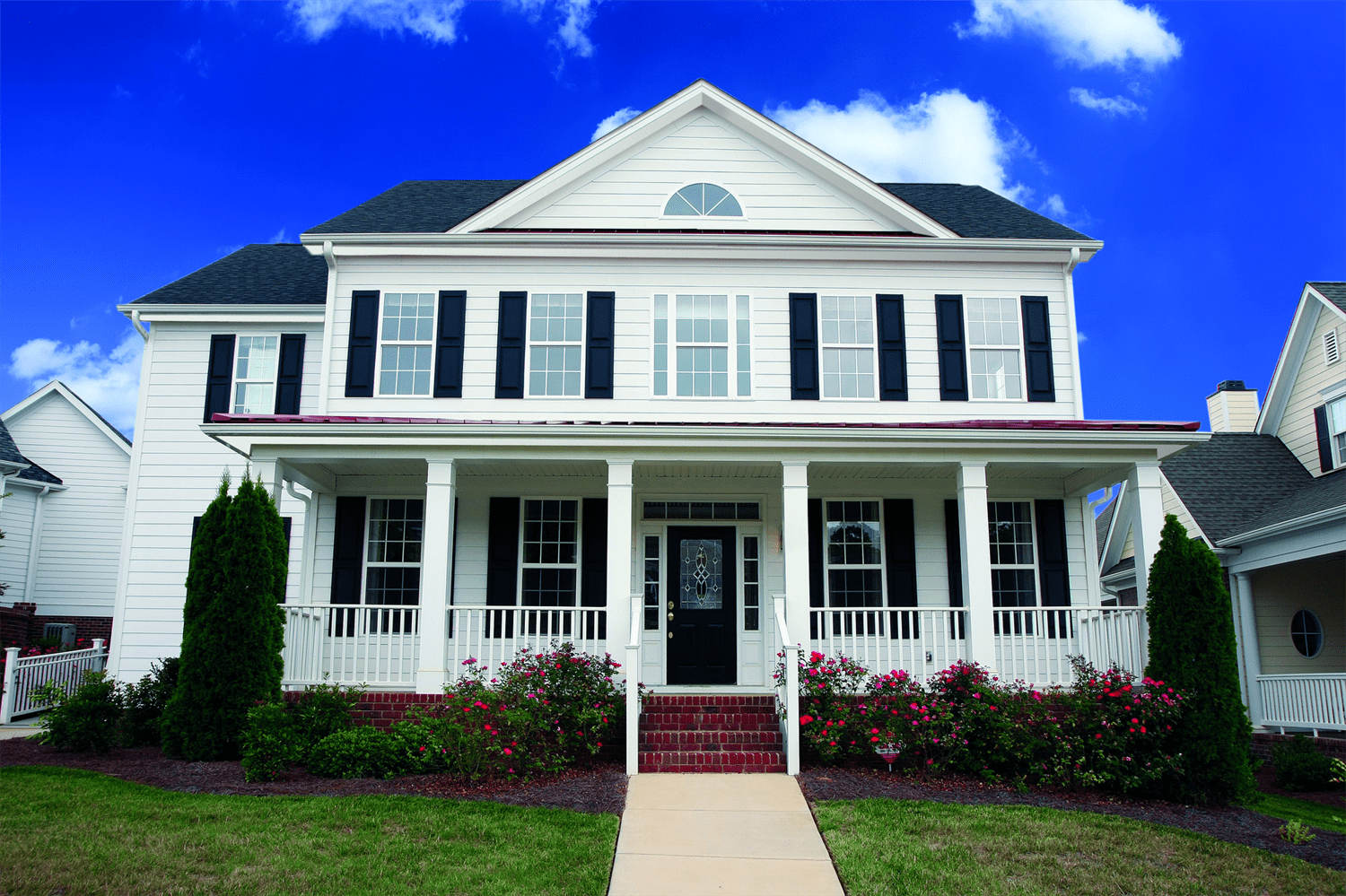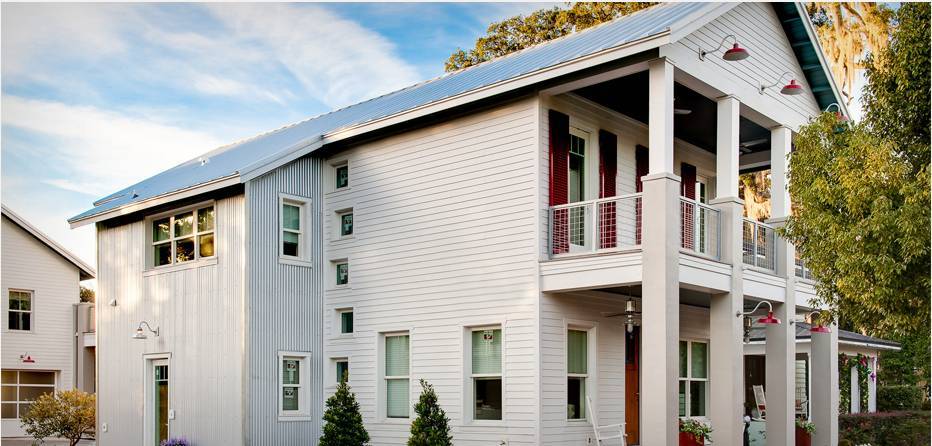What Is The Most Common Mistake When Installing Vinyl Siding?
Vinyl siding has become a popular choice among homeowners, especially in places like Walnut Creek, CA. It's not just about aesthetics; it’s about durability, maintenance, and value. However, despite its benefits, many homeowners make common mistakes during the installation process that can lead to costly repairs down the road. In this comprehensive guide, we’ll delve deep into the most frequent pitfalls of vinyl siding installation, how to avoid them, and ensure your home remains beautiful and protected.
Table of Contents
- 3.1 Different Types of Vinyl Siding
- 3.2 Why Choose Vinyl Siding?
- 4.1 Assessing Your Home's Structure
- 4.2 Selecting the Right Vinyl Siding Product
- 5.1 Essential Tools for DIY Installation
- 5.2 Safety Gear Recommendations
- 6.1 Improper Measuring Techniques
- 6.2 Skipping Underlayment Installation
- 7.1 Preparing Your Walls
- 7.2 Starting at the Bottom: First Row Installation
- 15.1 How long does vinyl siding last?
- 15.2 Can I install vinyl siding over existing siding?
- 15.3 What is the cost of installing vinyl siding?
- 15.4 How do I clean my vinyl siding?
- 15.5 Does vinyl siding fade over time?
- 15.6 Is vinyl siding environmentally friendly?
Introduction
When enhancing your home's exterior, choosing the right materials is crucial for maintaining both aesthetic appeal and structural integrity over time—this is especially true for vinyl siding! Though it’s popular due to its affordability and versatility, improper installation can lead to significant issues throughout its lifespan.
This article will guide you through understanding what is the most common mistake when installing vinyl siding and how you can sidestep these pitfalls effectively while ensuring your home in Walnut Creek stays gorgeous and functional.
What Is The Most Common Mistake When Installing Vinyl Siding?
One might assume that simply putting up vinyl siding is straightforward; however, the most common mistake stems from poor measurement techniques during initial planning stages! Accurate measurements are essential because even a slight miscalculation can cascade into larger problems like uneven panels or misaligned seams.
Another prevalent mistake involves neglecting proper ventilation behind the panels, leading not only to potential moisture problems but also affecting insulation performance—both crucial factors in California’s variable climate.
Understanding these common pitfalls ensures that you don’t just slap on some panels without consideration; instead, you’ll approach your project methodically for a finished product that stands up against nature’s elements!
Understanding Vinyl Siding
Different Types of Vinyl Siding
Before diving into installation techniques or mistakes to avoid, let's explore different types of vinyl siding available today:
-
Vertical Panels: Often used in coastal areas as they mimic traditional wooden board-and-batten styles.
-
Horizontal Panels: The most commonly used type due to their classic appearance and ease of installation.
-
Shakes and Shingles: Designed to resemble wood shakes; these add texture while providing low maintenance.

-
Insulated Vinyl: Offers added insulation benefits which can be particularly useful in climates like Walnut Creek's.
Why Choose Vinyl Siding?
Vinyl siding's popularity is no accident—it provides numerous benefits:
-
Durability: Resistant to rot, pests, and extreme weather conditions.
-
Low Maintenance: Requires minimal upkeep compared to wood or brick.
-
Energy Efficiency: Insulated options help reduce heating costs.

-
Cost-effective: Generally more affordable than other materials without sacrificing quality.
Pre-Installation Considerations
Assessing Your Home's Structure
Before starting any installation process, it’s essential first to evaluate your home’s structure thoroughly:
-
Check for existing damage on walls that might need repair before applying new siding.
-
Ensure that you have a smooth surface for proper adhesion—this may require removing old materials if necessary.
Selecting the Right Vinyl Siding Product
Choosing suitable products tailored specifically for your region is vital:
-
Research local brands known for quality installations in Walnut Creek.
-
Consider color choices that complement your home while keeping in mind how they may fade over time.
Tools Needed for Installation
Essential Tools for DIY Installation
If you're planning on tackling this project yourself, having the right tools will make life easier:
| Tool | Purpose | |-----------------|-------------------------------------------| | Level | Ensures your panels are straight | | Measuring Tape | Critical for accurate dimensions | | Utility Knife | For cutting panels cleanly | | Nail Gun | Speeds up installation | | Safety Glasses | Protects eyes from debris |
Safety Gear Recommendations
While working with tools can be fun, safety should always come first! Equip yourself with proper safety gear such as gloves and sturdy footwear to prevent accidents.
Common Mistakes to Avoid
Improper Measuring Techniques
As mentioned earlier—the first step toward disaster!
To avoid mistakes here: 1) Always double-check measurements before cutting any material. 2) Use a chalk line for straight cuts across longer runs.
Skipping Underlayment Installation
Underlayment provides an additional protective layer against moisture intrusion—a critical factor in enhancing longevity!
Not using underlayment could compromise all efforts made during installation.
Installing Vinyl Siding: Step-by-Step Guide
Preparing Your Walls
Before attaching any panel:
- Clear debris off surfaces.
- Make necessary repairs.
A clean slate allows better adhesion!
Starting at the Bottom: First Row Installation
Begin laying down your first row: 1) Mark where it will sit level around your entire house perimeter. 2) Secure using nails in appropriate spots (not too tight!).
This sets a solid foundation for subsequent rows!
The Importance of Proper Nailing Techniques
Correct nailing technique plays an equally critical role alongside measuring!
Always follow manufacturer guidelines regarding nail placement—too loose could lead panels falling off while too tight might warp them outwards.
Ventilation Issues with Vinyl Siding
Neglecting ventilation can result in moisture issues underneath those lovely panels!
Consider incorporating adequate vents around windows or using insulated varieties designed specifically with airflow considerations built-in.
Dealing with Temperature Changes
Vinyl expands or contracts based on temperature fluctuations—it’s vital therefore not only to space nails correctly but also leave room between each panel edge when fitting them together so they have room during expansion!
Finishing Touches: Trim and Accessories
Once installed:
- Add trim pieces around windows/doors carefully fitting each section together snugly!
These final details enhance both appearance & stability alike.
Maintenance After Installation
While one might think after installation there’s little left to do—it’s important still regularly check seams/joints as well as clean surfaces periodically ensuring dirt doesn't buildup causing long-term concerns!
When to Call a Professional Installer?
If feeling overwhelmed by aspects discussed above—or if certain skills seem beyond personal reach—consider hiring experts specializing in "Siding Installation Walnut Creek CA.”
Local professionals bring invaluable knowledge which saves headaches down-the-line!
Benefits of Hiring Local Experts: Siding Installation Walnut Creek CA
Local professionals understand regional climate conditions & challenges unique therein leading towards better outcomes overall compared against generic national chains offering less personalized service.
Investing locally not only supports community jobs but guarantees quality craftsmanship too!
Frequently Asked Questions (FAQs)
How long does vinyl siding last?
Vinyl bestexteriors.com siding typically lasts between 20–40 years depending on quality & maintenance practices employed during its lifespan!
Can I install vinyl siding over existing siding?
Yes—but preparation must be taken seriously ensuring structural integrity remains intact beneath newer layers being applied atop older ones!
What is the cost of installing vinyl siding?
Costs vary based on square footage/material types selected however expect averages around $3-$8 per square foot including labor & material expenses combined.

How do I clean my vinyl siding?
Mix warm water with mild soap then rinse thoroughly via garden hose—avoiding pressure washing unless absolutely necessary since it may cause damage if done improperly!
Does vinyl siding fade over time?
Most pigments used are UV resistant meaning fading occurs slowly over many years but regular cleaning helps preserve colors longer than neglect would allow otherwise!
Is vinyl siding environmentally friendly?
While production does involve some environmental impact overall longevity/multipurpose use makes them beneficial compared against wood alternatives needing consistent replacement every few years thereby reducing waste generated overall significantly when viewed holistically across complete usage periods considered within sustainability frameworks discussed widely today among eco-conscious consumers globally alike too!
Conclusion
Vinyl siding can transform homes beautifully while providing essential protection against nature's whims! However—as outlined above—the journey begins long before any panels go up; careful planning coupled with attention-to-detail ensures success throughout every step taken along-the-way towards achieving desired outcomes envisioned originally too!
Now that you know what is the most common mistake when installing vinyl siding—and how best avoid pitfalls—you’re well equipped now embark upon this exciting home improvement venture sure-to delight everyone who sees it upon completion finally achieved eventually thereafter too!